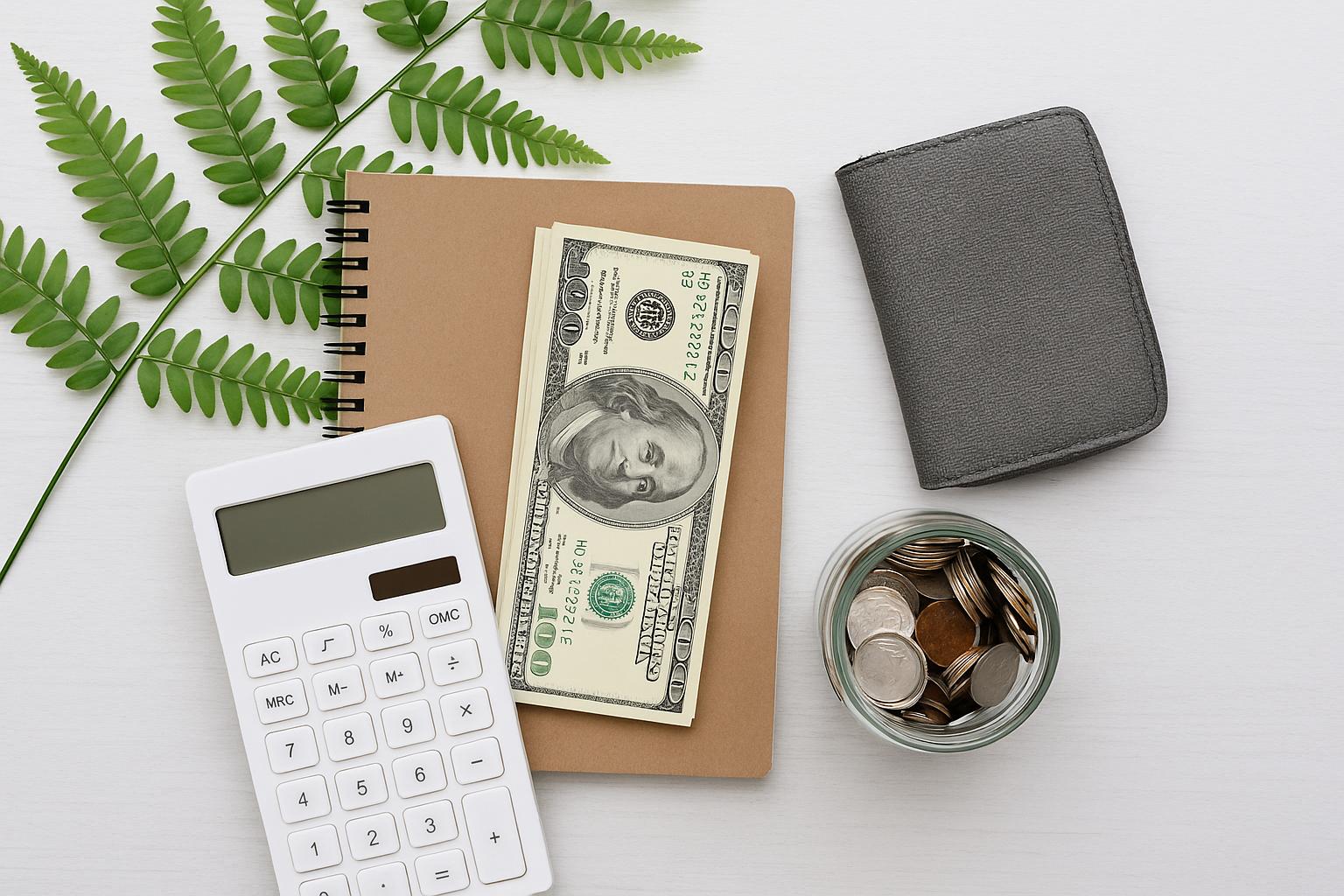Get Ready for a Money Cleanse in 2026
If 2025 was the year of spending to keep life running, 2026 should be the year of slowing down and getting back to balance. A “money cleanse” is not about cutting everything out or living with nothing. It is about getting intentional again. Most people spend more than they realize, especially on little things that feel harmless until they stack up over time.

Brew It, Don’t Buy It
Let’s start with the easiest habit to reset. Making coffee at home can feel boring, but it works. The average coffee drinker spends about $3 to $5 per cup at a cafe. If you stop for one every workday, that adds up to more than $1,000 per year, according to Bankrate. A decent coffee maker pays for itself in a month or two, and brewing at home can turn into a small ritual that saves money quietly in the background.
If you still need your fix from the local shop, cut it in half. Bring a travel mug and brew your own most days, then treat yourself once or twice a week. The point is not perfection. It is consistency.
Cut Back on Food Delivery
Food delivery exploded during the last few years, and many of us kept the habit long after the convenience wore off. Between service fees, markups, and driver tips, a $15 meal can cost $25 or more. That extra $10 once or twice a week turns into hundreds per year.
Cooking at home does not mean giving up on convenience. Groceries have caught up. Meal kits, pre-chopped produce, and quick air fryer recipes make cooking manageable even for busy households. If you want to ease in, set a rule to only order delivery on weekends. Most people see an immediate difference in their checking account within a month.
Audit Your Subscriptions
Subscription creep is one of the biggest budget leaks heading into 2026. It starts with streaming services, but soon there are cloud storage fees, app upgrades, music plans, fitness trials, and more. A survey by C+R Research found that 42 percent of people forget they are still paying for at least one subscription they no longer use. That is money disappearing automatically every month.
Take twenty minutes to scroll through your bank or credit card statements and flag any recurring charges. Cancel what you do not use, pause what you can, and downgrade any premium plans that do not make a difference. That quick cleanup can save hundreds over a year without changing your lifestyle at all.
Reset Spending Triggers
A good money cleanse is not just about cutting costs. It is about noticing what triggers the spending in the first place. For some, it is online shopping during downtime. For others, it is seeing a “limited offer” email and buying without thinking. Turn off push notifications for sales, unsubscribe from store lists, and set a weekly window where you review purchases instead of reacting in the moment.
Even small changes help. If you shop online out of habit, remove saved cards from your browser so checkout takes more effort. That tiny barrier can keep you from making impulsive buys that would not matter a week later.
Make It Sustainable
A real money cleanse should not feel like punishment. It should feel like taking back control. If you save $50 a week through simple swaps like home coffee and fewer deliveries, that is $2,600 per year. Put that toward an emergency fund or something that genuinely improves your quality of life.
Most financial habits are built one small win at a time. Start with one area this week, build on it next month, and by spring you will notice your spending feels lighter and more focused. That is what a money cleanse is really for.
Sources
Bankrate – Ways to Save Money
C+R Research – 2024 Subscription Survey
